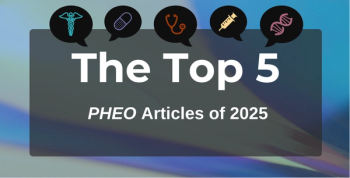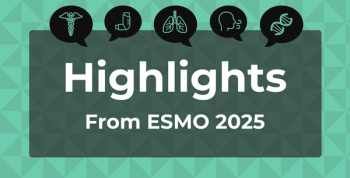
Early SGLT2 Trial in Type 1 Diabetes Shows Higher Incidence of DKA
There has been interest in learning whether the SGLT2 inhibitor class could benefit those with type 1 diabetes who have been unable to achieve good glycemic control on insulin alone. The thought is that this class could help smooth out daily peaks and valleys in blood glucose levels.
Results from one of the initial trials to explore whether SGLT2 inhibitors might be effective in treating type 1 diabetes show that if this therapy is to be used, steps will be needed to avoid diabetic ketoacidosis (DKA).
That’s the finding of a randomized, 18-week, phase 2 study involving the study drug canagliflozin, the first of the sodium glucose cotransporter-2 inhibitors to receive FDA approval. Results were published Thursday in Diabetes Care, the official journal of the American Diabetes Association.
However, the researchers noted that the most serious incidents occurred when patients had infections or pump failures, which are known to trigger DKA.
There has been considerable interest in the potential to use SGLT2 inhibitors to treat patients with type 1 diabetes, since the mechanism of action is different from other therapies. As reported previously in
Canagliflozin doses of both 100 mg and 300 mg were tested against placebo in the trial, which involved 351 adult patients who were already taking insulin. Researchers defined an incident of a ketone-related adverse event (AE) as any one of a prespecified list of more than 12 items. All patients in the study had glycated hemoglobin levels between 7.0% and 9.0%.
At week 18, overall incidence of any ketone-related AE among patients taking the study drug was 5.1% (n = 6 of 117) at the 100 mg dose and 9.4% at the 300 mg dose (n = 11 of 117), while no patients taking placebo reported a ketone-related AE.
Serious ketone-related AEs were 4.3% among those taking 100 mg (5 patients) and 6.0% among those taking 300 mg (7 patients). The serious events all occurred when patients had infections or insulin pump failure. Among these 12 patients, blood glucose levels ranged from 9.4 to >44.4 mmol/L (170 to >800 mg/dL).
Baseline characteristics in patients who had a ketone-related AE were similar to those who did not.
“Canagliflozin was associated with an increased incidence of serious AEs of DKA in patients with type 1 diabetes inadequately controlled with insulin,” the researchers wrote. “Mitigation strategies are needed for use in future clinical trials to reduce the risk of DKA with canagliflozin treatment in patients with type 1 diabetes.”
Reference
Peters AL , Henry RR, Thakkar P, Tong C, Alba M. Diabetic ketoacidosis with canagliflozin, a sodium-glucose cotransporter 2 inhibitor, in patients with type 1 diabetes [published online March 17, 2016]. Diabetes Care. 2016; doi:10.2337/dc15-1995
Newsletter
Stay ahead of policy, cost, and value—subscribe to AJMC for expert insights at the intersection of clinical care and health economics.







































